Perched majestically atop Castle Hill, overlooking the sparkling waters of the Danube River, Buda Castle stands as one of Budapest’s most iconic landmarks. With its grand domes, ornate façades, and sweeping panoramic views, the castle is not just a feast for the eyes, it’s a living testament to Hungary’s turbulent yet rich history.
Once the royal residence of Hungarian kings, today Buda Castle invites visitors from around the world to step into a world where centuries-old architecture meets vibrant cultural life. Recognized as a UNESCO World Heritage Site, this architectural masterpiece has evolved over the ages, witnessing invasions, wars, and rebirths, each leaving its mark on the stone walls and cobblestone streets. Whether you’re drawn by its historical depth, artistic treasures, or simply the stunning views, Buda Castle is a must-see destination that captures the soul of Budapest.
A Glimpse into History
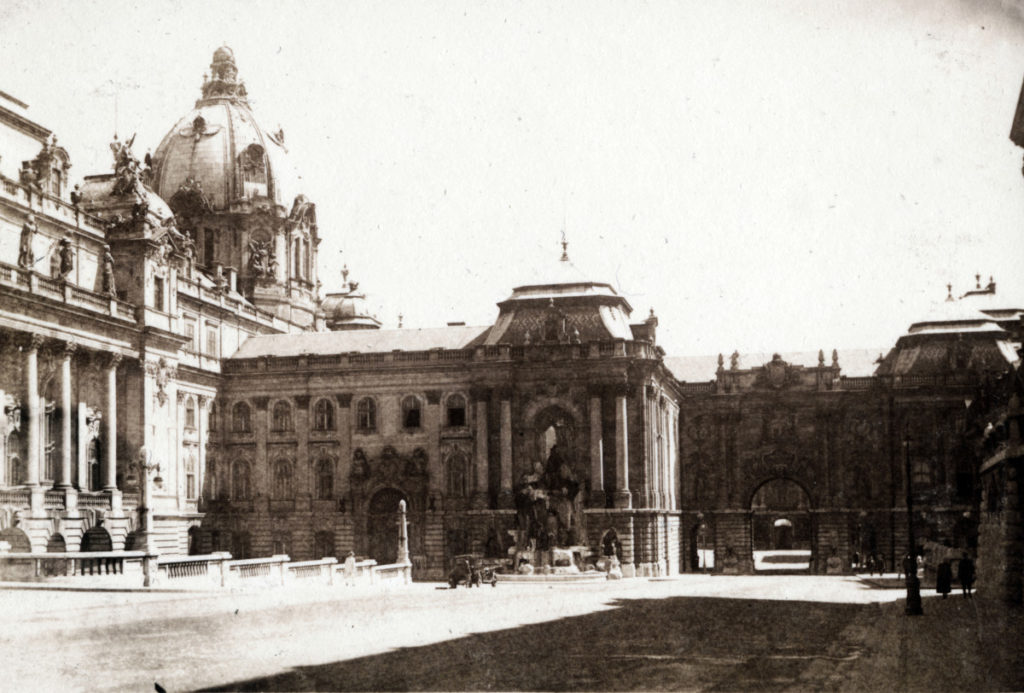
The story of Buda Castle begins in the 13th century, after the devastating Mongol invasion of Hungary. In response to the destruction, King Béla IV ordered the construction of a fortified stronghold atop the hills of Buda, laying the foundation for what would become a seat of royal power for centuries to come. The original medieval fortress was relatively modest, but it marked the start of a long architectural and political evolution.
During the reign of King Matthias Corvinus in the 15th century, the castle flourished as a Renaissance palace, reflecting the king’s love for art and learning. However, the golden era was cut short by the Ottoman conquest in 1541, turning the once-grand palace into a military outpost for more than 140 years.
When the Habsburgs reclaimed Buda in the late 17th century, they began extensive reconstruction, transforming the site into a Baroque-style royal residence. But history wasn’t done with Buda Castle—World War II left it heavily damaged during the Siege of Budapest. In the decades that followed, careful restorations aimed to preserve its historical essence while adapting it for public and cultural use.
Architectural Marvels
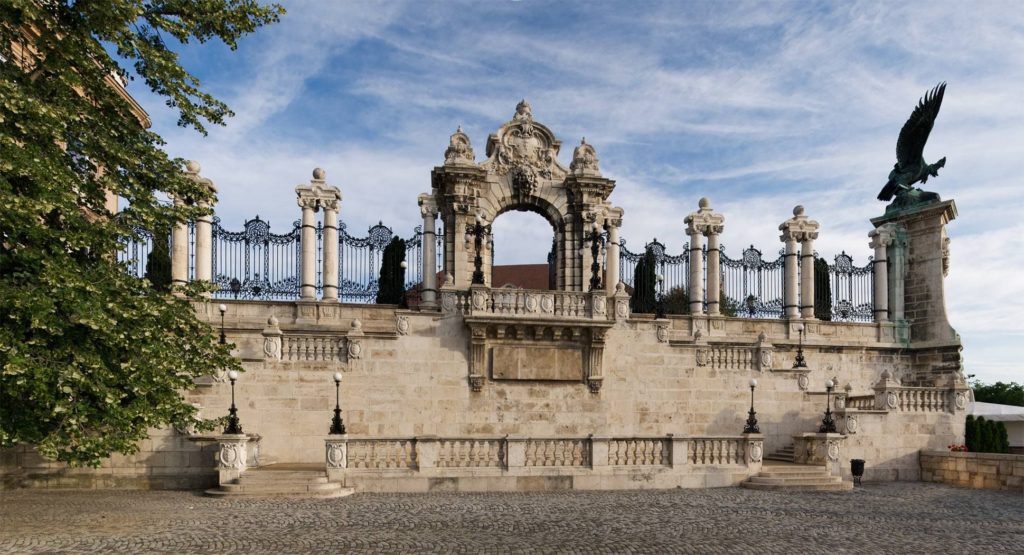
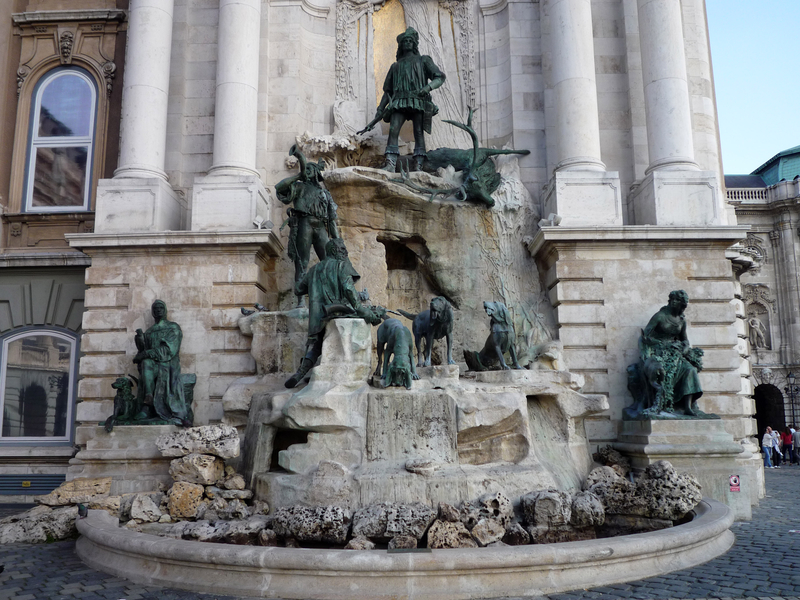
Buda Castle is a striking blend of architectural styles, each layer reflecting the era in which it was built or rebuilt. While the original medieval foundations still lie beneath the modern structure, much of what visitors see today is the result of 18th and 19th-century Baroque reconstruction, fused with subtle Gothic and Renaissance elements that whisper of earlier times.
One of the most captivating features is the Habsburg Gate, an ornate entrance crowned with a wrought-iron eagle, symbolizing imperial power. As you pass through, you enter the Lion Courtyard, named for the imposing stone lions that guard its perimeter. From here, the castle opens into a complex of grand buildings and open terraces that offer breathtaking views over the Danube, the Chain Bridge, and the Pest side of the city.
The Matthias Fountain, often compared to Rome’s Trevi Fountain, is a sculptural masterpiece depicting a royal hunting party. It’s a favorite photo spot and a symbol of the romanticized past of Hungarian royalty. Every façade, column, and archway tells a story, not just of kings and empires, but of resilience and rebirth through conflict and time.
Even the interiors echo this blend of history and elegance. Though many of the original royal rooms were destroyed or altered, restoration efforts have carefully revived the grandeur, allowing modern visitors to walk through halls once reserved for monarchs and nobility.
Cultural Treasures Inside
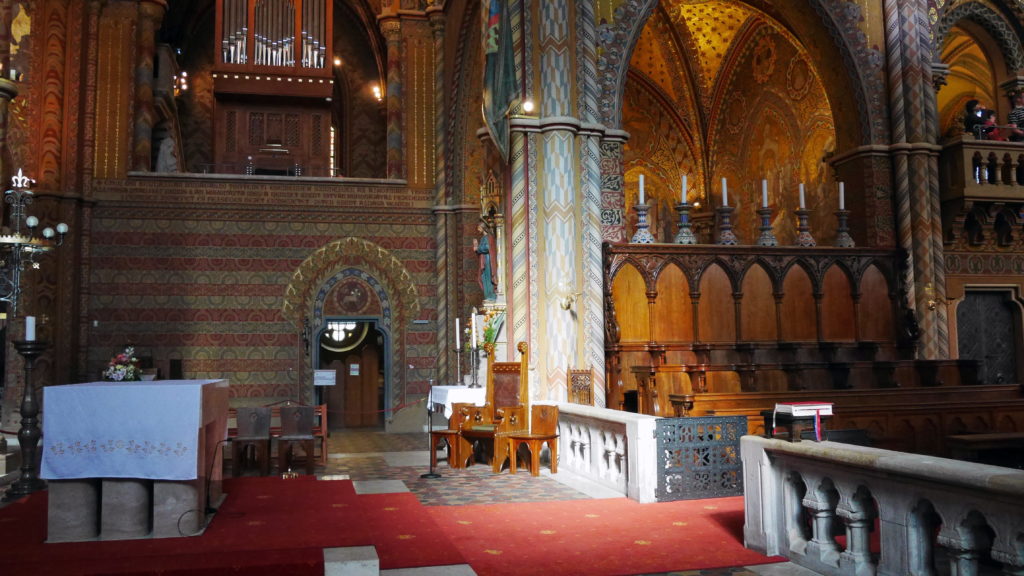
Beyond its impressive exterior, Buda Castle houses some of Hungary’s most important cultural institutions, making it a hub for history, art, and learning. Stepping inside, visitors are treated to a rich tapestry of exhibitions and collections that span centuries.
At the heart of the complex is the Hungarian National Gallery, where the country’s artistic heritage comes to life. From medieval altarpieces to 19th-century realism and contemporary Hungarian works, the gallery showcases the evolution of national identity through visual art. Its setting within the castle adds a unique dimension—art is not just displayed; it’s embedded in history.
Just a few steps away lies the Budapest History Museum, which delves deep into the story of the city itself. Here, you can explore the ancient cellars and foundations of the medieval palace, walk through reconstructed Gothic rooms, and examine artifacts that reveal the city’s transformation from Roman times to the modern age.
Another treasure is the National Széchényi Library, the national library of Hungary. Named after Count Ferenc Széchényi, whose donation of his personal collection formed its foundation, the library is a sanctuary for scholars and book lovers alike. It houses rare manuscripts, historical documents, and an extensive archive of Hungarian literature.
Together, these institutions turn Buda Castle into more than just a monument—it becomes an immersive cultural experience, where every corridor, gallery, and vaulted hall offers a deeper understanding of Hungary’s soul.
Events and Festivals

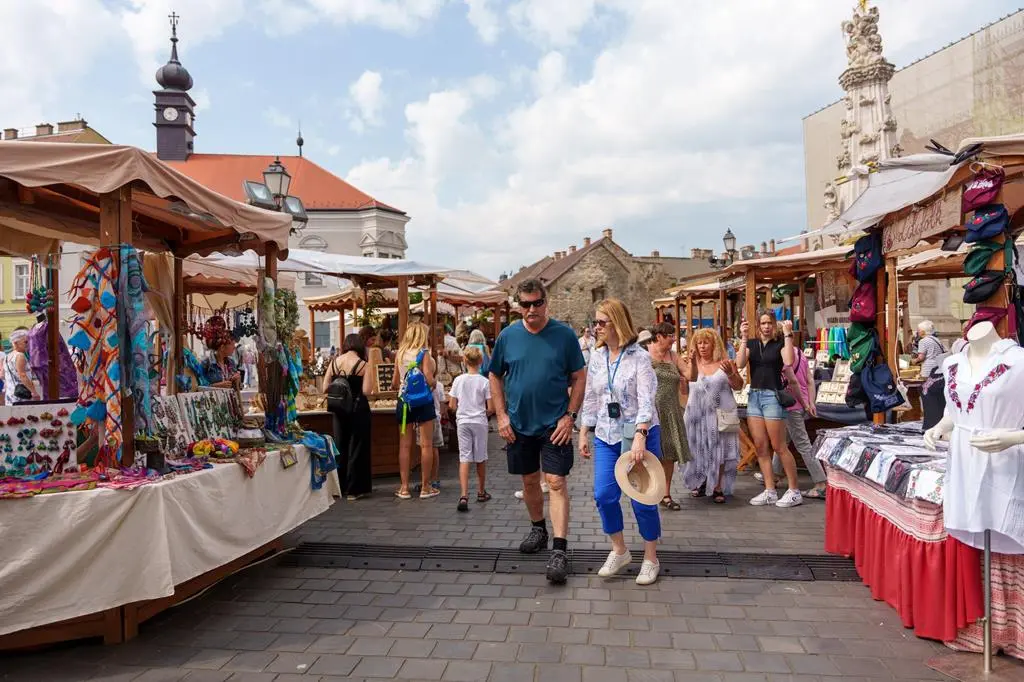
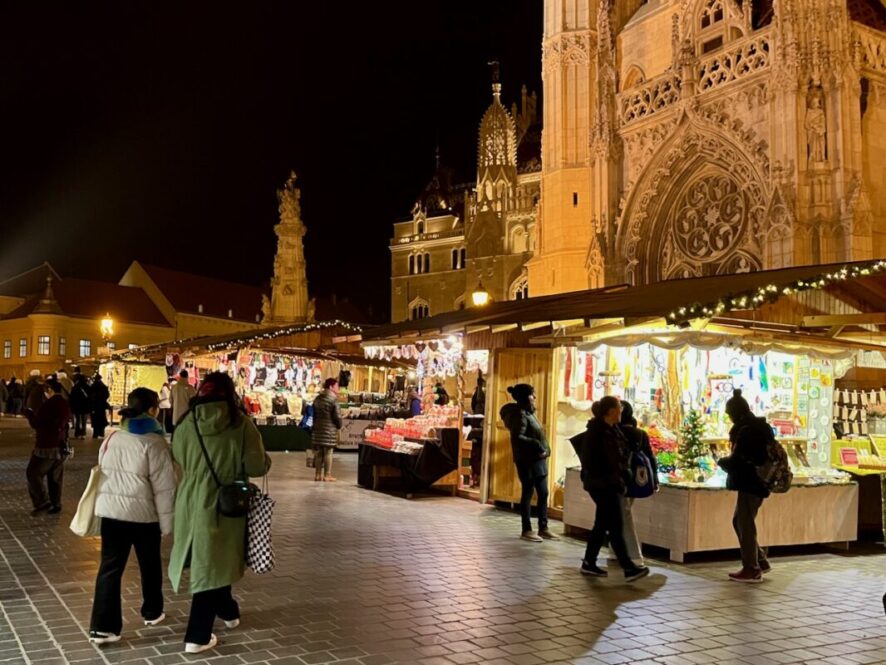
Buda Castle is not only a place of history and art; it’s also a vibrant cultural venue that hosts a wide range of events and festivals throughout the year. These celebrations transform the castle into a lively center of Hungarian culture, where locals and visitors alike can immerse themselves in tradition, music, and art.
One of the most anticipated events is the Budapest Wine Festival, held annually on the castle grounds. Set against the backdrop of the stunning castle walls, this festival invites wine lovers from around the world to taste Hungary’s finest wines. With over 200 wineries showcasing their best vintages, it’s an opportunity to indulge in local flavors while enjoying spectacular views of the city below.
Another highlight is the Festival of Folk Arts, a celebration of Hungarian craftsmanship and heritage. Visitors can watch artisans at work, learn about traditional Hungarian folk music, and enjoy dance performances that highlight the rich cultural tapestry of the country. It’s an immersive experience that offers a deeper connection to the roots of Hungarian identity.
During the winter months, Buda Castle becomes a magical winter wonderland, with the Christmas Market filling the courtyards with the scents of mulled wine, roasted chestnuts, and freshly baked pastries. It’s a perfect time to experience the castle’s festive spirit, with decorations and lights creating a warm, inviting atmosphere.
Whether it’s through wine, art, or holiday cheer, Buda Castle remains a place where history and modern Hungarian culture blend seamlessly, offering something for every visitor.
How to Visit
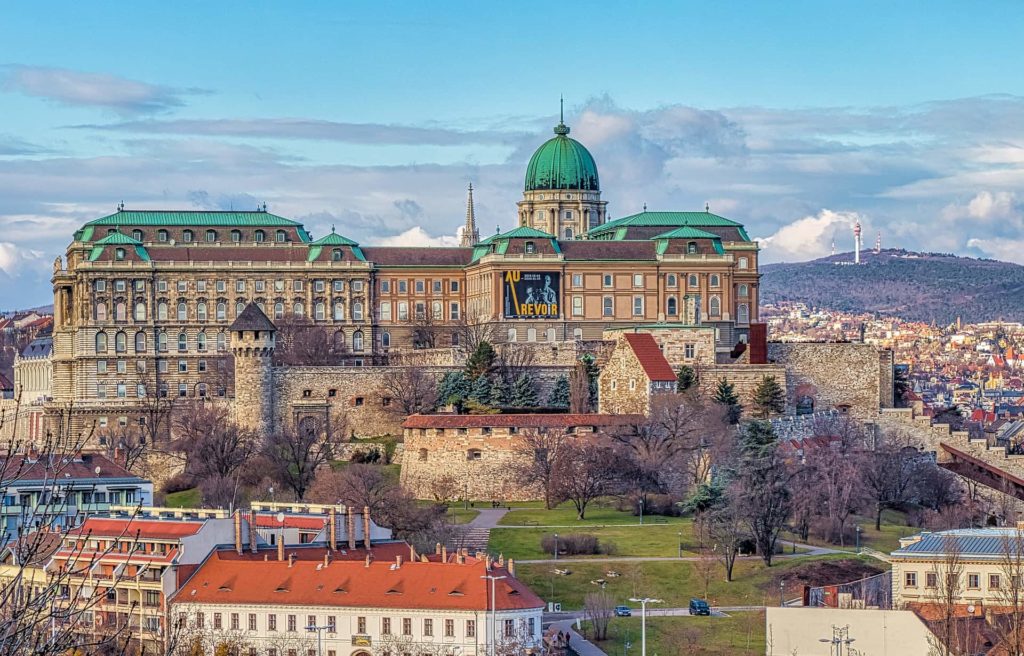
Buda Castle is one of Budapest’s most accessible and rewarding landmarks, offering a variety of ways to explore this historic site. Whether you’re looking to enjoy a leisurely walk through its picturesque grounds or delve deeper into its cultural offerings, there’s a visit option for every type of traveler.
The easiest way to reach the castle is by taking the Castle Hill Funicular, which departs from the lower city at the Chain Bridge. This charming, old-fashioned cable car ride offers stunning views of the city as it ascends the hill, making the journey part of the experience. For those who prefer a more leisurely pace, walking up the hill is also an option. Several scenic walking paths wind their way up to the castle, passing through lush green spaces and offering great photo opportunities along the way.
Once at the top, visitors can explore the grounds at their own pace, but guided tours are also available for those who wish to dive deeper into the history of the castle. These tours provide fascinating insights into the site’s centuries of history, its role in Hungary’s past, and the architectural marvels that make it so unique.
The best times to visit are during the spring and autumn months, when the weather is mild, and the crowds are smaller. However, if you prefer to avoid crowds entirely, visiting early in the morning or later in the evening is a great way to enjoy the castle in a more tranquil setting. During the evening, the castle is beautifully illuminated, providing a magical atmosphere as the lights reflect off the Danube River.
Don’t forget to set aside time to visit the museums and galleries inside the castle. Whether you’re a history buff or an art lover, Buda Castle offers a wealth of cultural treasures. And if you’re lucky enough to visit during one of its many events or festivals, you’ll find even more to enjoy in this cultural epicenter.

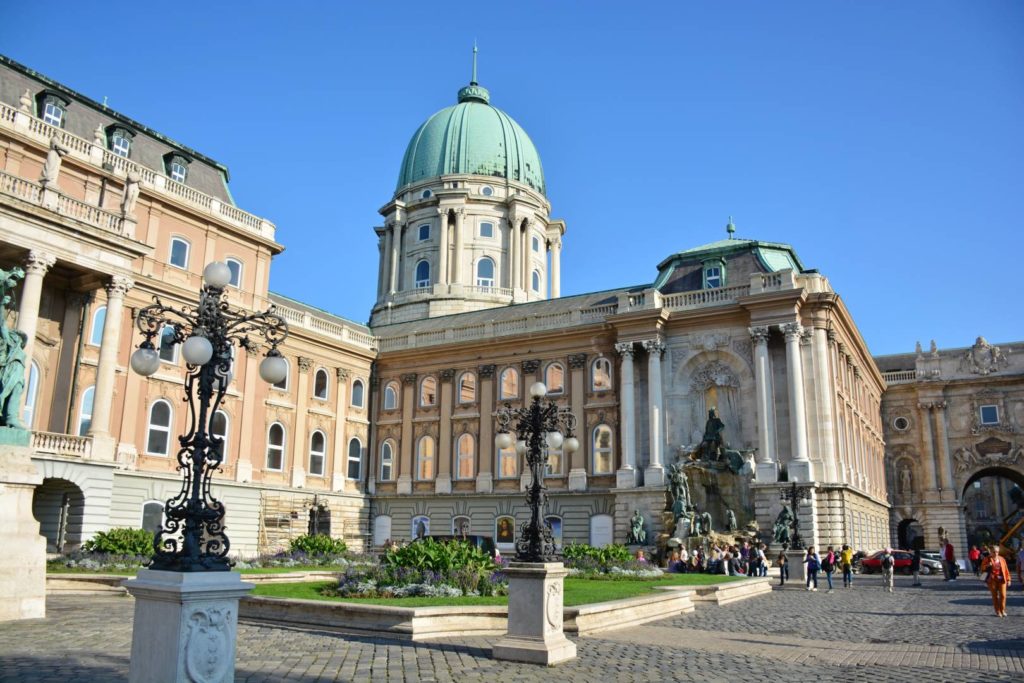
Comments are closed.